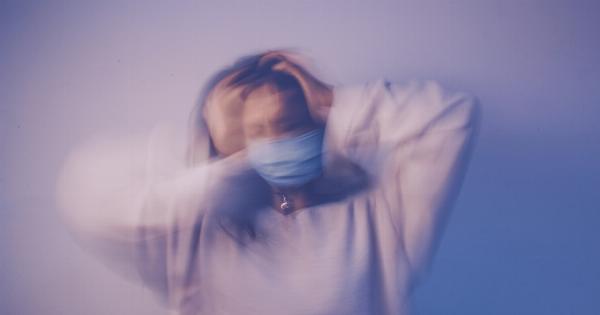Chronic spontaneous urticaria is a distressing skin condition characterized by recurring episodes of itchy hives or wheals that appear suddenly and persist for more than six weeks.
The relentless itching and physical discomfort can have a profound impact on an individual’s quality of life. If you or someone you know is dealing with chronic spontaneous urticaria, this comprehensive guide aims to provide valuable insights on understanding and managing this condition.
Understanding Chronic Spontaneous Urticaria
Chronic spontaneous urticaria, also known as chronic idiopathic urticaria, is a complex inflammatory disorder of the skin.
It is typically characterized by the sudden appearance of itchy hives or wheals on various parts of the body, such as the arms, legs, trunk, and face. The wheals tend to change in size, shape, and location and can be accompanied by angioedema, which is the swelling of deeper layers of the skin.
Causes and Triggers
The exact cause of chronic spontaneous urticaria remains unclear, but several factors are believed to contribute to its development.
Autoimmune mechanisms, in which the body’s immune system mistakenly targets its own cells and tissues, play a significant role in this condition. Additionally, certain triggers can provoke the onset of hives, including:.
- Allergens such as pollen, dust mites, or animal dander
- Food allergies or sensitivities
- Stress and emotional factors
- Underlying infections, such as Helicobacter pylori or viral infections
- Exposure to extreme temperatures or pressure on the skin
Symptoms and Diagnosis
Chronic spontaneous urticaria is primarily characterized by the appearance of itchy hives that may vary in size and shape. These hives can be accompanied by angioedema, which often affects the lips, eyelids, or extremities.
The symptoms of chronic spontaneous urticaria can be highly distressing and may impact an individual’s daily activities and sleep quality.
Diagnosing chronic spontaneous urticaria typically involves a detailed medical history review, physical examination, and sometimes additional tests.
The doctor will aim to rule out other potential causes of the hives, such as underlying infections, allergic reactions, or medication side effects. Blood tests and allergy testing may be performed to identify any underlying triggers or assess for signs of autoimmune activity.
Treatment Options
While chronic spontaneous urticaria can be a challenging condition to manage, several treatment options exist to alleviate symptoms and improve quality of life:.
- Antihistamines: These medications are the first-line treatment for chronic spontaneous urticaria. They block the effects of histamine, a chemical released during an allergic reaction, and can reduce itching and the formation of new hives.
- Corticosteroids: In severe cases, short-term use of oral corticosteroids may be necessary to control symptoms. However, due to their potential side effects, these drugs are not recommended for long-term use.
- Immunomodulators: Medications that modify the body’s immune response can be considered for individuals who do not respond adequately to antihistamines. These include omalizumab and cyclosporine.
- Lifestyle modifications: Identifying and avoiding triggers, such as certain foods or stressors, can help minimize the frequency and severity of hives outbreaks. Managing stress levels, maintaining a healthy diet, and practicing good skincare can also contribute to overall symptom management.
Living with Chronic Spontaneous Urticaria
Living with chronic spontaneous urticaria can be challenging, but adopting certain strategies can help minimize its impact on daily life:.
- Manage stress: Stress and emotional factors can exacerbate symptoms. Engaging in stress reduction techniques such as yoga, meditation, or counseling can be beneficial.
- Wear loose-fitting clothes: Tight clothes can put pressure on the skin and trigger hives. Opt for loose-fitting, breathable fabrics to minimize irritation.
- Keep a symptom diary: Maintaining a diary documenting your symptoms, activities, and potential triggers can help identify patterns and make it easier to manage your condition.
- Seek support: Connecting with others who are also dealing with chronic spontaneous urticaria can provide emotional support and practical advice for coping with the challenges this condition presents. Online support groups or local support networks can be helpful resources.
When to Consult a Healthcare Professional
If you suspect you have chronic spontaneous urticaria or if your symptoms worsen despite self-care measures, it is essential to consult a healthcare professional.
A dermatologist or allergist-immunologist can provide an accurate diagnosis, offer treatment options tailored to your specific needs, and help manage the emotional aspects of living with this condition.
Conclusion
Dealing with chronic spontaneous urticaria can be overwhelming, but with the right management strategies, it is possible to minimize the impact of this condition on your life.
Understanding the triggers, seeking appropriate medical care, and adopting lifestyle modifications can help you regain control, reduce itching, and lead a more comfortable life. Remember, you are not alone, and there are resources and support available to help you navigate this challenging journey.




























